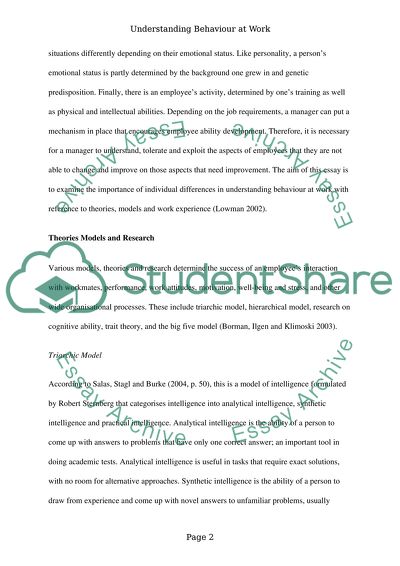Cite this document
(“Importance of Individual Differences in Understanding Behaviour at Essay”, n.d.)
Retrieved from https://studentshare.org/psychology/1442356-importance-of-individual-differences-in-understanding-behaviour-at-work
Retrieved from https://studentshare.org/psychology/1442356-importance-of-individual-differences-in-understanding-behaviour-at-work
(Importance of Individual Differences in Understanding Behaviour at Essay)
https://studentshare.org/psychology/1442356-importance-of-individual-differences-in-understanding-behaviour-at-work.
https://studentshare.org/psychology/1442356-importance-of-individual-differences-in-understanding-behaviour-at-work.
“Importance of Individual Differences in Understanding Behaviour at Essay”, n.d. https://studentshare.org/psychology/1442356-importance-of-individual-differences-in-understanding-behaviour-at-work.


